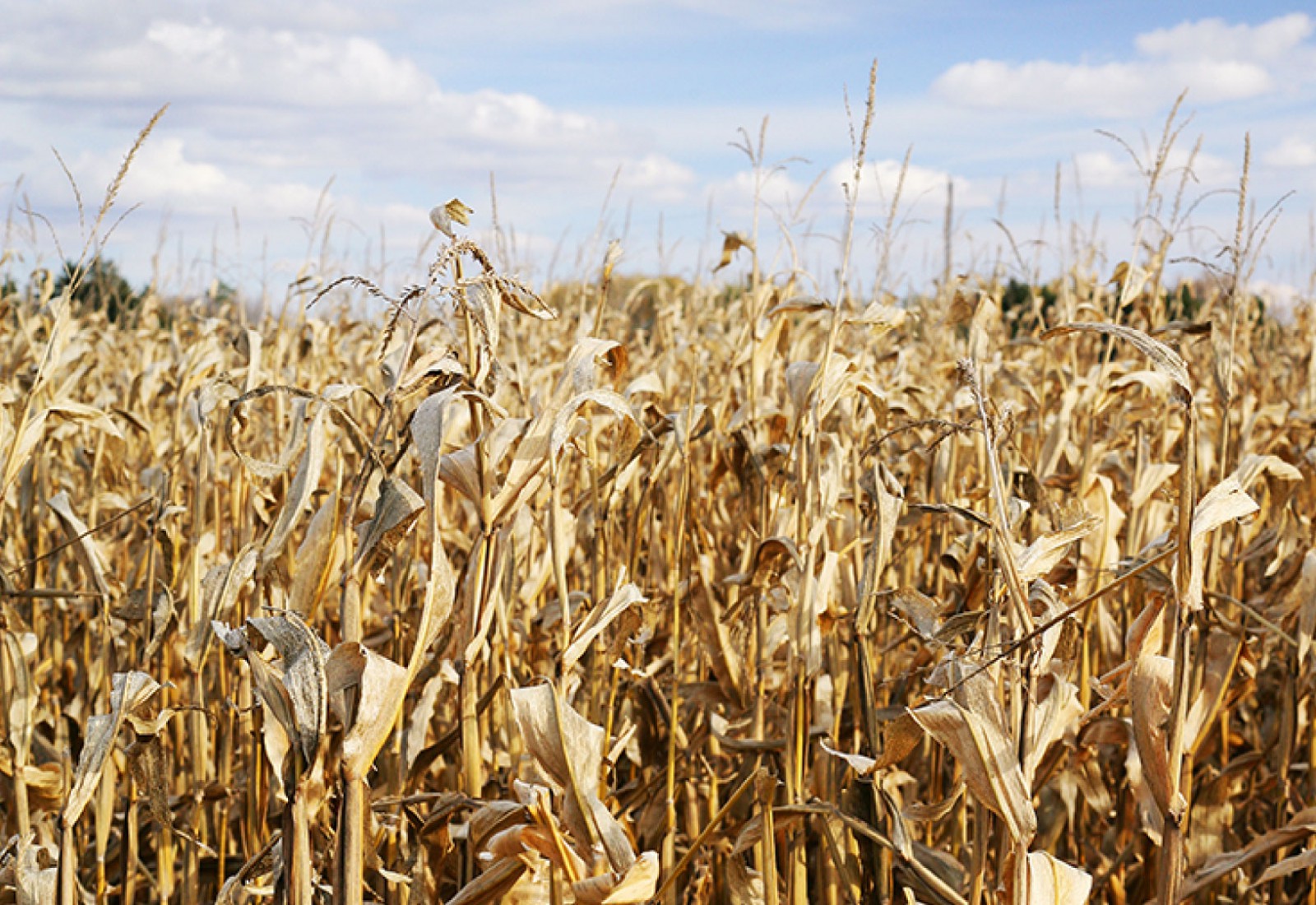Why Western Farmers are All Ears About Corn

By Geoff Geddes
Most producers have been through the school of hard knocks, so when they hear opportunity knocking, they don’t take it lightly. That may explain why corn seems poised to make a move from minor to major crop status in Western Canada. In spite of obstacles that have blocked this move to date, genetic technology holds the key to unlocking corn’s potential for western producers.
“Although there have been several hundred thousand acres of grain, silage, and grazing corn grown in Western Canada, there are limiting factors to corn acre growth out west,” says Stephen Denys, director of business management for Maizex Seeds.
The cold truth
One of the biggest challenges has been climate. According to Greg Stewart, agronomy lead with Maizex, “We needed to develop hybrids that could mature to silage or grain in the cool climes of the Prairies with much colder seasons than we get in Ontario or Quebec.”
Specifically, Denys cited a need for true early day hybrids in the 70 days or less maturity range (2100 CHU).
“This maturity would allow corn to be grown and to finish in most years in early maturity areas. In both corn and soybeans, breeders have made gains in developing early season genetics that can produce marketable yields with strong agronomics.”
From what Denys is seeing, that’s good news for producers.
“In some areas, farmers are switching to corn from feed barley or wheat because of the tonnes per acre that can be produced in terms of total feed quantity. When growers can yield 120 bushels and, in many cases, over 150 bushels, corn becomes a very viable and profitable option versus other crops.”
He added, corn also affords the opportunity to rotate in a different crop to break disease and insect cycles that can be problematic in crops like canola.
Maybe that’s why, as Denys puts it, “Growers who grow corn like to grow corn.”
Kernels of wisdom
That doesn’t mean that corn is the answer for everyone. Before you decide, Denys says to ask yourself some pointed questions: “Can I access hybrid maturities that match the needs of my growing area? Do I have fertility levels to support a corn crop and a system for nitrogen application either pre-plant or post-emergent? Do I have a market (feed market, grain corn market such as ethanol or other processing) for corn that geographically makes sense for my farm region?”
Even if you address these issues, it doesn’t ensure smooth sailing with corn.
“Growers face the same struggle with year-to-year variability in yield and price as other crops,” says Stewart.
While using hybrids can bolster yield stability, Stewart points to some additional risk in certain situations.
“If they have an abnormally cold September on the Prairies, a corn grower could have problems not faced by eastern producers with a hybrid that is just marginally adapted to the area.”
A growth industry
Still, Stewart is bullish on the future of corn in Western Canada.
“In 2016, harvested acres of corn for grain in Alberta, Saskatchewan, and Manitoba rose from 275,000 to 348,000, while fodder corn went from 170,000 acres to 203,000.”
That production may be dwarfed by crops like canola and wheat (19 million and 20 million acres respectively in 2016), but there’s huge potential for corn to fit into the Prairies as a grain or silage product.
“I see nothing but good things on the horizon in terms of productive hybrids that will fit into more regions of the Prairies,” says Stewart. “It’s an opportunity for growers to develop another dimension of their operations that could include corn, and it fits into a North American discussion of increasing diversity from a soil health, marketing, and financial stability perspective.”
For his part, Denys seconds that sentiment.
“Corn will likely become a more viable crop option on many farms moving north and west out of the Red River Valley. If we can increase yield while breeding earlier season hybrids, there is the potential for dramatic progress in corn acres going forward.”
Each grower must decide for themselves if corn is a good fit. Yet for those western producers who hear opportunity knocking and choose to ignore it, their eastern counterparts may offer some sound advice:
Don’t knock it ‘til you try it.

On lower testing soils, starter fertilizers can improve early corn growth significantly.

High corn yield are most likely obtained when emergence is very uniform.
Photos courtesy of Maizex Seeds


